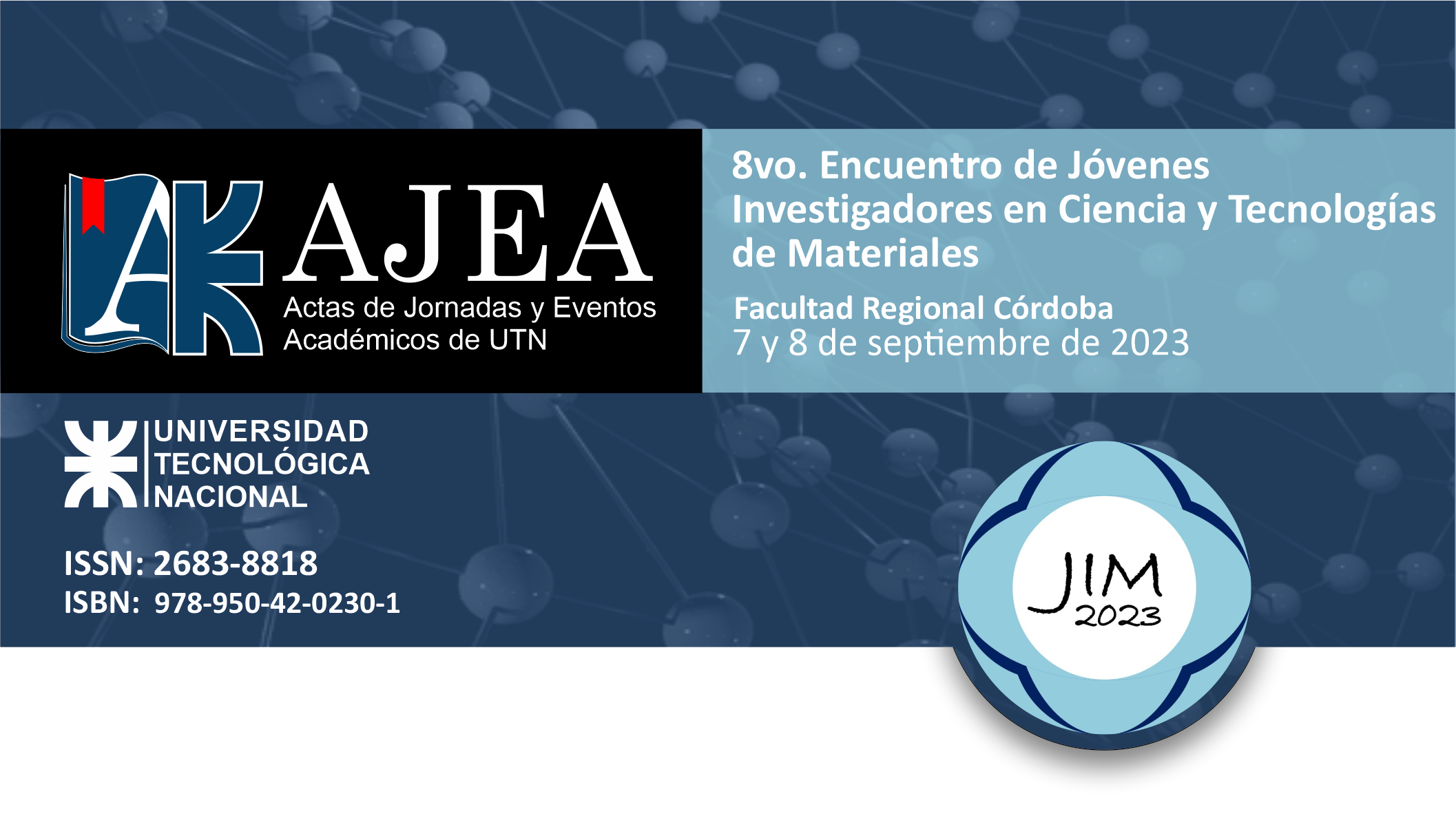Biopolymeric aerogels as ionic contaminant adsorbents
Keywords:
Aerogels, Chitosan, Adsorption, Biopolymer, Environmental remediationAbstract
Aerogels based on chitosan were obtained through the freeze-drying from crosslinked of hydrogels cross-linked with glutaraldehyde. These materials were characterized by measuring their density, porosity, swelling degree, and stability in aqueous medium, properties that were found to be composition-dependent. To test their behavior as adsorbents, experiments were conducted using the anionic dye Congo Red. The experimental data for adsorption kinetics were fitted using the pseudo-second-order (PSO) model, while equilibrium data were modeled using the Freundlich and Sips isotherms, depending on the material's composition, indicating heterogeneity on its surface.
Downloads
Metrics
Downloads
Published
How to Cite
Conference Proceedings Volume
Section
License
Copyright (c) 2024 Melina Kloster, Norma E. Marcovich, Mirna A. Mosiewicki

This work is licensed under a Creative Commons Attribution-NonCommercial 4.0 International License.










